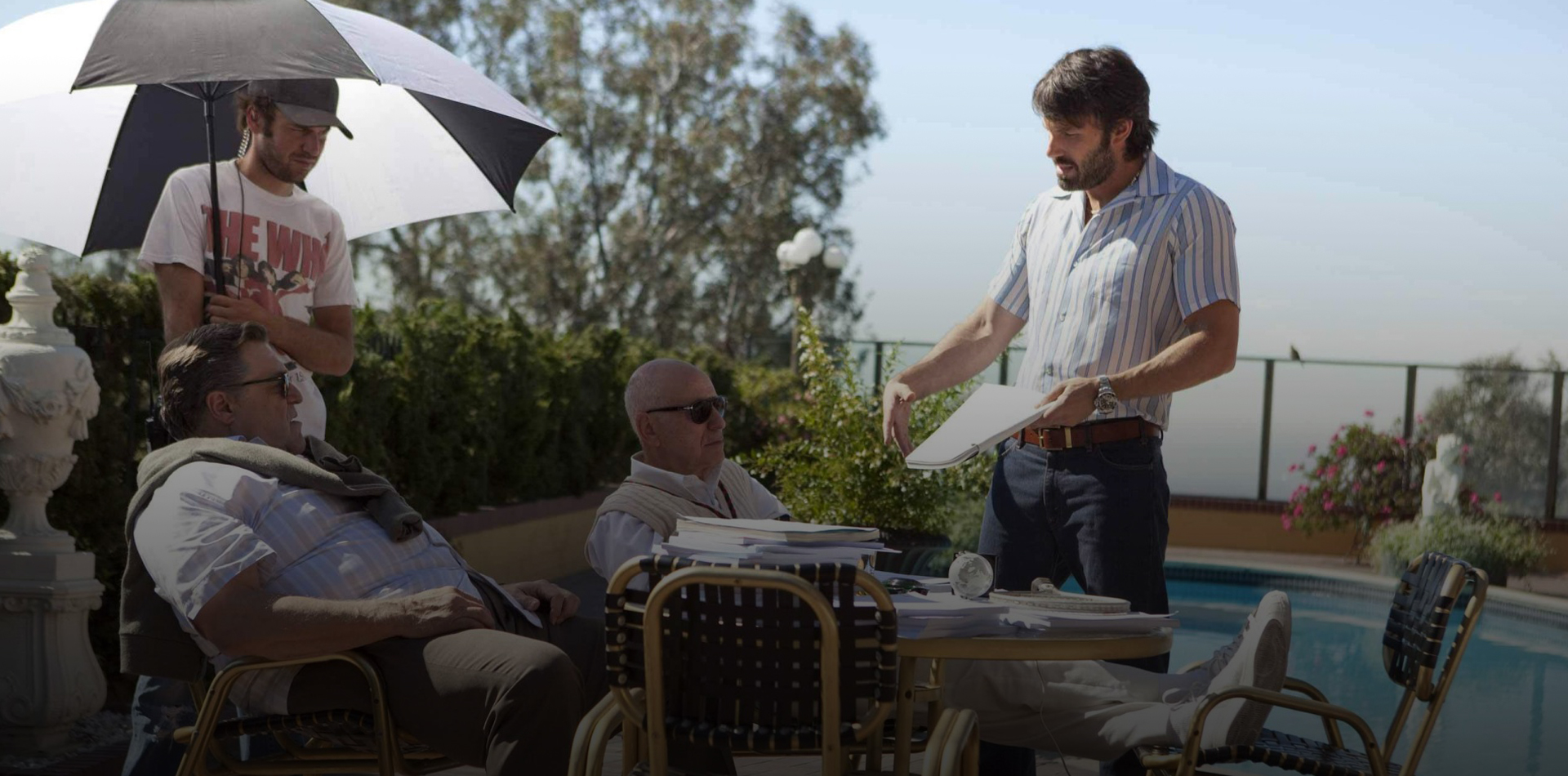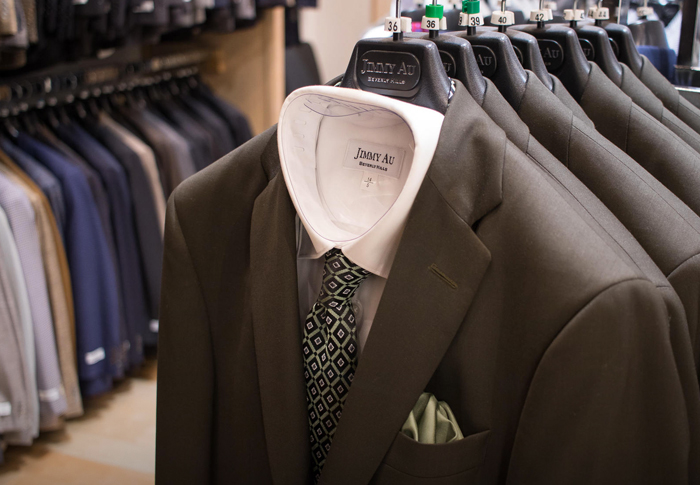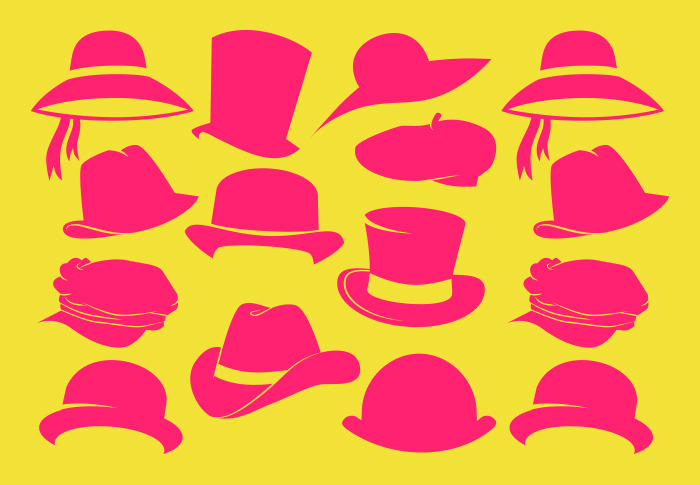By Christine Cover Ferro | February 17, 2021
From Archive to Screen: Conversations about Research
In a 1995 interview with Wired magazine, Steve Jobs likened creativity to a game of connect-the-dots, with truly innovative design happening when the dots are culled from the far, the wide, and the unexpected. “The broader one’s understanding of the human experience, the better design we will have,” said Jobs. Carrying this principle over to costume research takes the designer beyond putting actors in appropriate clothes and makes it possible to depict intricate and vivid visual stories.
Costume Designers George L. Little (Zero Dark Thirty, The Hurt Locker), Jacqueline West (Argo, The Curious Tale of Benjamin Button) and Delphine White (Copper, Breakout Kings) took some time to talk about how they go about acquiring their arsenals of dots.
It is a rare project that doesn’t require some manner of research. Aspects of a script will often be removed from the day-to-day world of both the designer and the audience. Thorough knowledge of the silhouettes, frills and general style of a previous century is a crucial step to transporting the audience back in time. Understanding the traditions and resources of a culture on the other side of the world can make all the difference in respectfully and accurately depicting its people. Contemporary subsets of people like military branches, immigrant communities, and hipsters might be superficially familiar and the stuff of countless tropes, but they all have their own set of rules, customs and seemingly impenetrable details. Good research arms the designer with the nuances and texture that imbue a specific world with a life of its own and, in so doing, helps the audience better understand the lives of the characters.
Little summarizes the simple, if exhaustively time and labor-intensive research process: “You’ve got a subject, and you go everywhere you possibly can, whether it’s a personal connection or through libraries, newspapers, and magazines.”




Going Directly to the Source
Witnesses
When telling a recent or current story, designers may often have the luxury of access to people who were present for the events in question. They can always be counted upon to remember details that, while often insignificant to historians, add that bit of something that makes the story personal.
For a project about Caribbean women working as caregivers for families in North America, White got in touch with a local magazine and, through that source, was able to meet one of the women who served as inspiration and get an account of her daily life. She also did a bit of espionage at a department store favored by these ladies, discreetly following them as they shopped and taking note of the colors and styles of clothing that they chose.
During preparation for Argo, West’s conversations with members of the Iranian expatriate community were instrumental in fully comprehending what life in 1979-1980 Tehran was like. In addition, she had the opportunity to speak with Antonio J. Mendez (engineer of the rescue mission), who, aside from being the person best suited to give the “Word of God” account of the experience, has kept many of the clothes he wore during the mission and lent them to West for the course of the production.
With lengthy experience on military projects, Little is no stranger to collaborating with technical consultants. Their authority proves ideal in shaping a realistic world, while raising a unique challenge. As with any human experience, key details vary significantly based on the source’s own story: where, when, or under whom he or she served. Speaking to sources other than those used by a director or other teams is likely to create differing viewpoints.

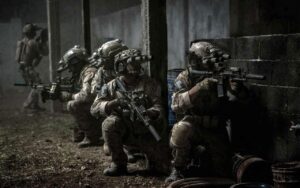
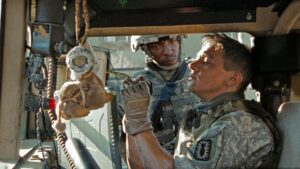
Primary Sources
First-hand accounts like diaries, letters, photographs, civic records, and interviews, while not always available, present what the reality of the situation was, and offer the most grounded information. They also provide a record that is free from interpretation, or as close to reality as possible. Accessing and working through all that information creates the foundation from which the designer is then free to build up the visual world of the story.
Creative works, from paintings and sculpture to fashion magazines, catalog illustrations, and Costume Designs from previous decades, are by their very nature filtered through the lens of the creator’s worldview, even when accuracy was the creator’s intent. These pieces continue to be valuable and necessary in their own right, with the understanding that designs based on them carry more levels of interpretation. Inspired projects are possible when the designer makes the conscious decision to embrace a heightened reality, from a staging of Sunday in the Park with George with period-accurate silhouettes and pointillist paint treatments, to much of Eiko Ishioka’s body of work.
Period Garments
Historical clothing collections, available in numerous museums, offer an unvarnished account of fabrics, textures and sewing techniques and are a favorite resource for White. Because most museum collections can also account for the provenance of garments in their collections, they also offer a glimpse into the lives, and possibly heads, of their previous owners. A call in advance to a curator or preservation department can garner some time behind velvet ropes and glass cases in order to examine the clothing firsthand.
Photography
The relatively speedy democratization of the photographic art form gives us, for the first time, a window into the lives of people beyond the scope of painted portraits. From war photography to portraits, and even sumptuous magazine spreads, photography has allowed us to see a more detailed and realistic version of the world starting around the 1830s than was ever possible before. Seams and wrinkles that didn’t factor into portraits were now in plain sight. And, while antique garments and other artifacts are still accessible, seeing them on people in their original context paints an entirely different picture.
West advocates photography as an invaluable resource: “I love the details and quirks that are captured,” she explains, especially in less formal shots. In preparing for The Curious Case of Benjamin Button, a favorite source was the work of Mike Disfarmer.
The Value of Non-Visual Research
A common thread throughout the conversations was the importance of the written word in addition to, and at times over, visuals. All three designers rely on a multitude of non-pictorial resources to develop their insights into the world they’re creating. Time and again, text explains the “whys” in ways that standalone images simply can’t.
While Little is also a fan of photography, frequenting numerous collections both at libraries and online, he is quick to offer a caveat: “It’s very easy to find a lot of conflicting photographic research, and it’s all correct.” He stresses the importance of reading supporting information to place the visual into a context, to get the “heading or the story underneath it.”
“I read a lot,” West explains. When preparing research for projects, she’ll first read books and articles contemporary to the period, citing diaries and letters as particularly rich resources, before delving into pictorial research. For Argo, several accounts of the rescue mission and related materials were used, Mendez’s books and Jean Pelletier’s The Canadian Caper. Joshuah Bearman’s 2007 Wired article also helped shape her choices for the Western characters. In dressing the women of Tehran, one of the books she read on the city gave an account of chadors that captured her imagination. These garments, mandatory after the Shah’s exile, were also a symbol of national pride, with black ones in particular becoming known as the “Flags of the Revolution.” It wasn’t long before black fabric became scarce, and patriotic women made do by over-dyeing whatever was available, including patterned linens and tablecloths. In reproducing these, West’s team stayed true to those accounts, resulting in numerous shades of black and subtle but still visible patterns in the chadors that appear in the bazaar and protest scenes.
White gleaned valuable information from morgue records, while ACDing for Beatrix Pasztor on A Dog of Flanders; they “went into great detail describing the fabric and colour of the clothing that the deceased individuals were wearing at the time of their demise.”
An understanding beyond cut and style in the world being created can sometimes guide design choices. White recalls a project where knowledge of the period’s etiquette helped her convince production to sign off on a black dress, despite previous agreement to avoid the color, as the character’s social standing required mourning clothes for a year following her husband’s death.
Interpretation, Adaptation and Deviation
The most compelling storytelling happens when it is rooted in truth. However, we’re not documentarians: interpretation is inherent to fiction, even when the story is based on reality. Ultimately, the script must be the roadmap to the end result, and the story is frequently well served by some deviation from the research, or even what one knows to be correct.
Both West and White stressed the importance of including older garments in scenes to create a truer, richer visual. “Not everyone is going to be a fashion plate,” West explains, and points out that her own closet includes prized garments dating back 10 to 30 years. She finds dressing background characters this way a particularly good opportunity to lend scenes texture and depth.
Some deviations are matters of function. White cites the impracticality, if not impossibility, of acquiring certain fabrics and other materials for projects. Issues of fit also arise with strict adherence to original cuts and proportions, as modern diets and exercise have changed bodies.
White also points out that the audience will always view the end result through a contemporary lens. What was pleasant or beautiful during another time period may look odd or even off-putting now, with everything from artificial silhouettes, extra wide crinolines to historically popular colors— like Dead Spaniard or Maize, are all but guaranteed to be questioned at some point in a designer’s career. The Costume Designer walks a fine line between staying true to history and presenting the character in the intended light.
Or, as a mentor once quipped, “When you know your research really well, you know when you can cheat and get away with it.” Lastly, sometimes adaptation is called for to simply tell the story. Little says, “You want a jumping off point—here’s reality— but you also find when it’s more important to benefit the character as opposed to being strictly correct. You always have to consider that: the story comes first.”


